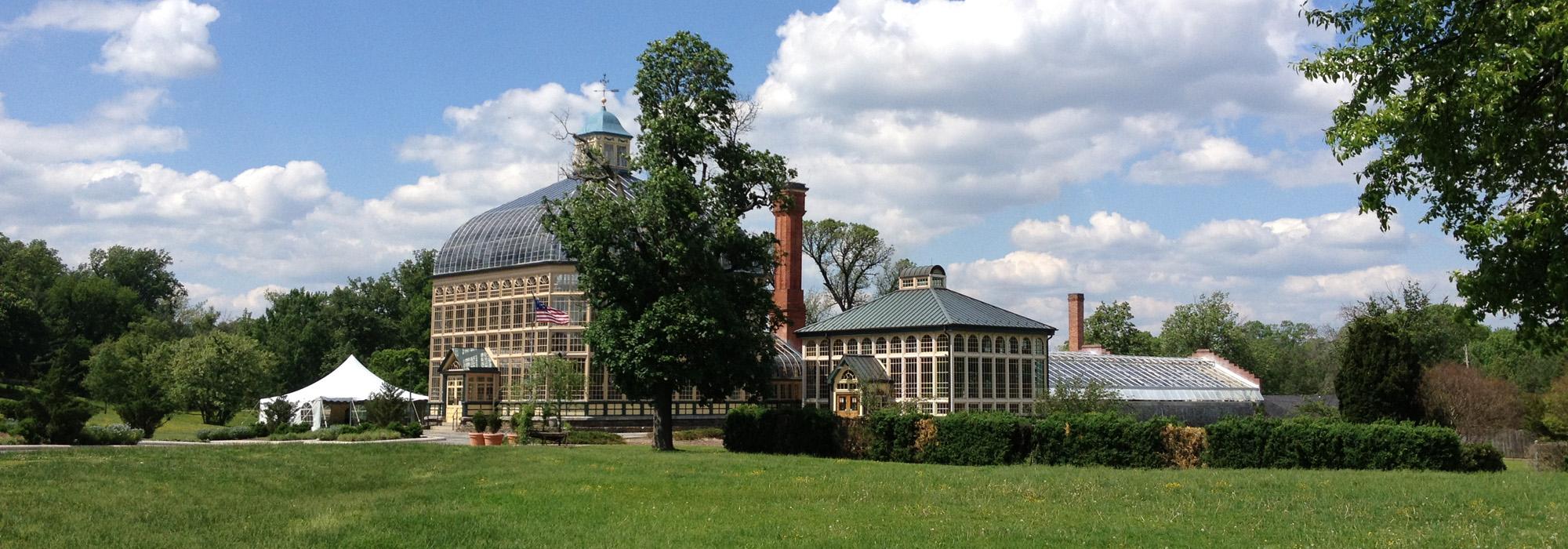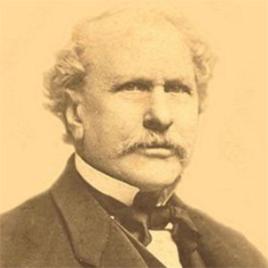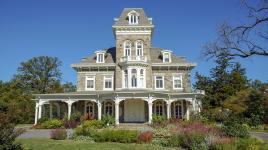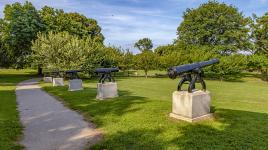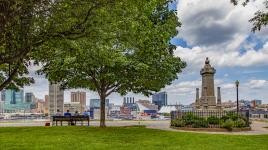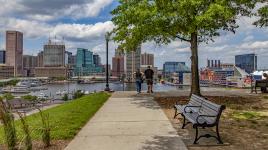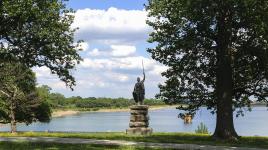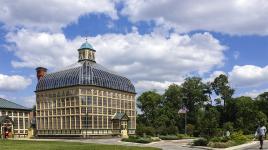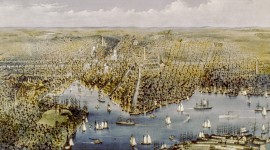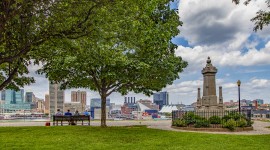Pioneer Information
Born in Baltimore, Maryland, to Bavarian immigrants, Frederick, although lacking formal training, became involved in architectural practice quite early, working as a draftsman trainee at the offices of Lind Murdoch, one of Baltimore’s most prominent architectural firms, at just sixteen years of age. He also received training at the offices of Niernsee & Neilson before establishing his own practice in 1862.
Among his first commissions was the design of various structures in Druid Hill Park- including the Madison Ave and Mt. Royal Gateways, Conservatory, Boat House, Mansion House, Moorish tower, Chinese Station, Council Grove Station and others. Many of Frederick’s pavilions began as way-stations along the miniature railroad which meandered through the park. Serving as the architect for the Baltimore Park Commission, a position he held from 1863 to 1895, Frederick continued to work for Baltimore City on park projects. His introduction of a Victorian character to Patterson Park did much to enhance its beauty, designing the Superintendent¹s House, or White House in 1866; a music pavilion in 1868; the Lombard Street Gate in 1869, and Boat Lake - one of the park’s most beloved features. In 1874, Frederick designed the Edgar Allan Poe Monument outside the Westminster Church and burying ground.
His German ethnic background proved advantageous for his career, bringing him numerous commissions from Baltimore’s large German community, including the German Correspondent newspaper building, institutions for German orphans and aged persons, and residences and breweries for prominent German brewers in the city. Retiring circa. 1903, he eventually sat on the Board of Directors of the Baltimore Chapter of the American Institute of Architects – an organization he had been part of since 1868. Frederick died of brain hemorrhage in 1924 and was interred in New Cathedral Cemetery next to his wife of 58 years, in a tomb inscribed Spero Credo (I hope to believe).



